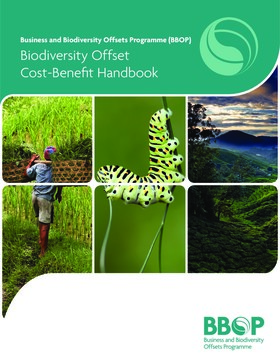
To be successful, biodiversity offsets should compensate indigenous peoples, local communities and other local stakeholders for any RESIDUAL IMPACTS of the project on their biodiversity based LIVELIHOODS and AMENITY, such as a payment for environmental service. They also need to deliver the required conservation gains without making local people worse off, for example due to land and resource use restrictions created by the biodiversity offset. This requires a costbenefit comparison between the benefits of the offset and the costs to local people of the residual biodiversity related impacts of the project and of the offsets.~The purpose of this Handbook is to provide guidance on how to use economic tools of valuation and costbenefit analysis to address these challenges. The steps in the Handbook are designed to help OFFSET PLANNERS do their best to ensure that:~Local people are no worse off through the presence of the project in terms of its impact on biodiversity related livelihoods;~Local people at the offset site are no worse off as result of the biodiversity offsets, as appropriate and equivalent benefits are built into the offset to compensate for any negative impacts they cause; and~Calculations of the conservation gain of the biodiversity offset activities are realistic in the assumptions made about how local people will become involved in the offsetting activities.